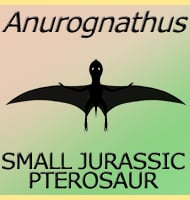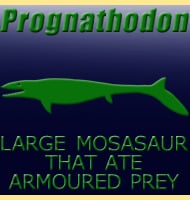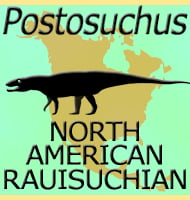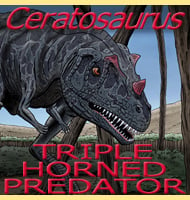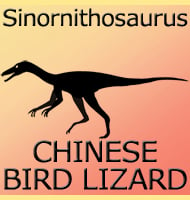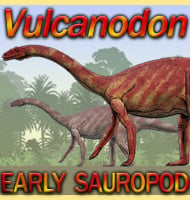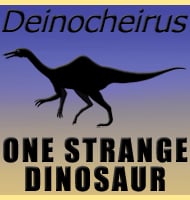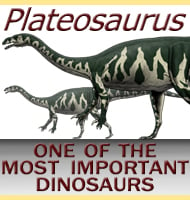In Depth
Emeus was originally named as a species of Dinornis, D. crassus, by Richard Owen in 1846, but ten years later the ornithologist Ludwig Reichenbach elevated this species to its own genus.
Almost this exact sequence of events happened with another moa genus named Anomalopteryx.
Also known as the Eastern Moa, Emeus was very much like its larger relative Dinornis, however, while Dinornis is accepted to have been a reddish brown in its feather colour, the feathers on Emeus were more of a beige colour.
The feathers on both Emeus and Dinornis however had devolved into more primitive hair-like structures, presumably for insulation and rain-proofing within the forest habitats that they commonly frequented.
Also like with Dinornis, the hair-like feathers of Emeus were longest upon the body, gradually growing shorter as they rose up the neck, until they reached a perhaps bald head.
One of the stand out features of Emeus are the large broad feet.
Why the feet of Emeus were larger is unknown for certain, but larger feet means a larger surface weight bearing area, which means a lower ground pressure.
What this all comes down to is that Emeus would have been better able to walk across soft ground without its feet sticking in as much as those of smaller footed genera which would have had a higher ground pressure.
The principal is the same as wearing snow shoes to stop you sinking in to snow as you walk, though for Emeus a more likely scenario could be walking along muddy embankments to lakes and rivers.
With all this said, the larger feet may simply be a species selective characteristic and nothing more.
As with all moa, the females of Emeus were larger than the males, though not quite to the same extent.
Available fossils of female Emeus indicate that at most they were about twenty-five per cent as large as the males.
This is quite small when you consider that female Dinornis could be as much as fifty per cent larger than males, and female Euryapteryx could be up to one hundred per cent larger than the males of their species.
Further Reading
- - Description of Dinornis crassus - Proceedings of the Zoological Society of London 1846: 46 - Richard Owen - 1846.
- - Avium systema naturale - Expedition der vollständigsten Naturgeschichte - Ludwig Reichenbach - 1852.
- - Nuclear DNA sequences detect species limits in ancient moa - Nature 425 (6954): 175–178 - Leon J. Huynen, Craig D. Millar, R. P. Scofield & David M. lambert - 2003.

